
The Timeless Allure of Vietnamese Silk: A Journey Through History and Craft
- on Jun 19, 2025 By: Phuong Mai NGUYEN
For millennia, silk has captivated humanity, not merely as a luxurious fabric but as a profound symbol of power, wealth, and elite status. Once deemed more precious than gold, its exquisite sophistication has graced royalty and elevated societies across the globe. This article invites you on an exclusive journey into the captivating world of sericulture and Vietnamese silk, revealing the ancient craft behind its enduring beauty.
Sericulture: A Millennia-Old Craft in Vietnam
Legend whispers that Vietnam's silk weaving legacy began an astonishing 4,000 years ago in Co Do Village (Ba Vi District, Hanoi), pioneered by My Nuong Thieu Hoa, daughter of the 6th Hung King. Silk from Co Do was so revered that it served as tribute to the imperial court, solidifying its place in the nation's earliest history.
Under the Ly Dynasty (1009-1225), royal patronage spurred a magnificent bloom in the northern textile industry. During this golden age, Vietnamese silk was not only fashioned into imperial garments but also became a prized commodity in trade with neighboring China.
The art of silk weaving flourished particularly in Central Vietnam, especially in Quang Nam province, benefiting from the bustling commercial port of Hoi An. Between the 16th and 19th centuries, merchants from China, Japan, India, and Thailand flocked to Hoi An, eager to acquire Vietnamese silks and ceramics. Historical records confirm that three centuries ago, Vietnamese silk journeyed along the fabled "Silk Road," reaching distant lands across the world.
As centuries passed, silk weaving continued its expansion across the country. Techniques were meticulously passed down through generations, ensuring Vietnamese silk gained a formidable reputation for its superior quality and exceptional artisanal craftsmanship.
An Insider's Look at Vietnamese Silk Weaving
The creation of Vietnamese silk is a testament to complexity, demanding immense time, patience, and unparalleled artisanal skill.
The journey begins with silkworm rearing, the most critical phase. This requires a vast supply of mulberry leaves, the silkworms' sole food source, a consistent temperature of around 28°C, and careful application of antibiotics. Over 23 to 25 days, the silkworms grow, then meticulously spin their cocoons for two to three days, each producing an astonishing 1.5 kilometers of silk thread. Once the cocoon is complete and the silkworm transforms into a pupa, the traditional method involves boiling the cocoons to halt the transformation and prepare the silk for reeling.
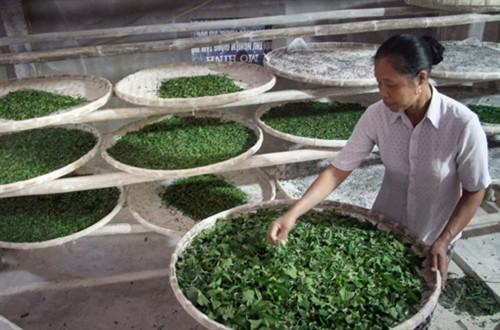
After boiling, the cocoons are carefully retrieved and immersed in hot water. The delicate threads are then unwound – a process known as reeling – either by hand or using a specialized reeling machine, ensuring the fragile fibers remain intact.
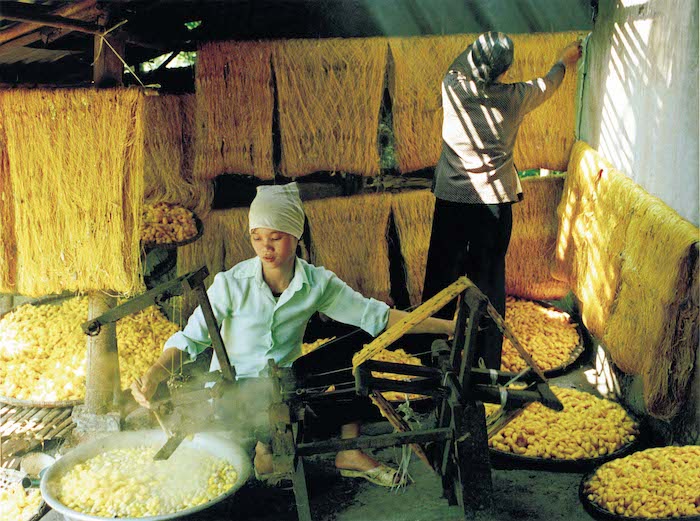
Following reeling, the raw silk threads undergo spinning and dyeing, transforming them into vibrant hues. Finally, these exquisite threads are masterfully woven by skilled artisans into the luxurious fabrics we admire.
Iconic Vietnamese Silk Traditional Villages to Explore
For travelers eager to connect with this traditional craft, these renowned silk villages offer an unforgettable experience on your journey through Vietnam:
Van Phuc Village (Hanoi)
Located just about 10 km southwest of Hanoi's city center, Van Phuc Village is easily accessible by taxi or motorbike. Stroll through charming streets often adorned with colorful umbrellas, creating picturesque photo opportunities, and step into artisan workshops to witness the silk-making process firsthand, from initial reeling to final weaving.
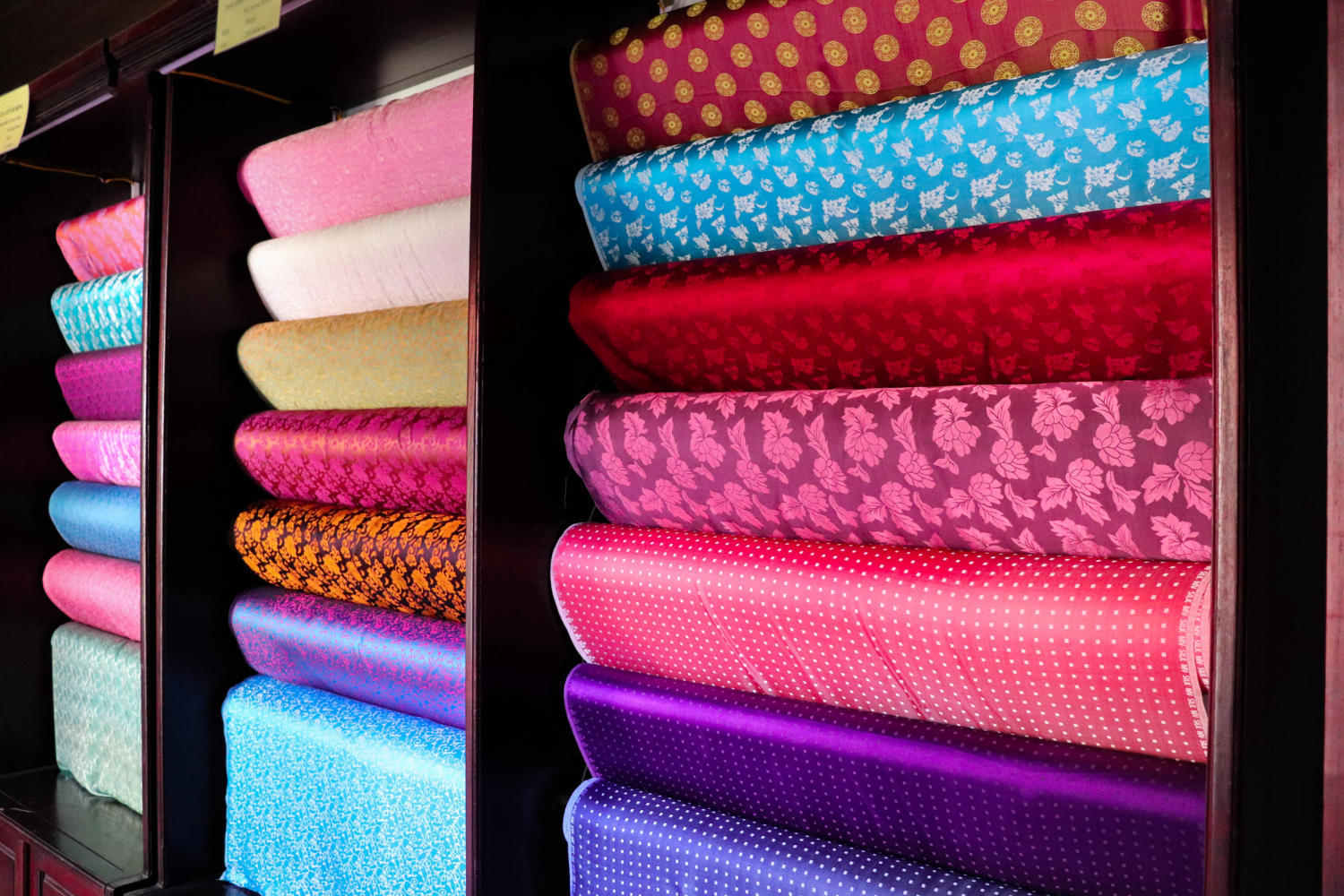
The village is famous for its transparent silk and brocade silk, known for being exceptionally smooth, light, and cool, and you'll find a wide variety of silk products, from fabric by the meter to scarves, ties, traditional Ao Dai, and home decor, all reflecting its historical reputation as the producer of Indochina's finest silk during the French colonial period.
>> Read more: 8 Must-Visit Traditional Craft Villages in Hanoi
Nha Xa Village (Thai Binh Province)
With a profound tradition stretching back 800 years, Nha Xa Village is nestled on the left bank of the Red River, approximately 70 km south of Hanoi in Ha Nam province, making it a viable day trip. This village offers a more authentic, less commercialized experience compared to some others, allowing visitors to observe the rhythmic hum of looms and interact directly with the artisans. Nha Xa silk is widely celebrated for its exceptional suppleness and fineness, often ranked just after Van Phuc, and historically attracted merchants from as far as Saigon, eager to place orders for its smooth and lustrous quality.
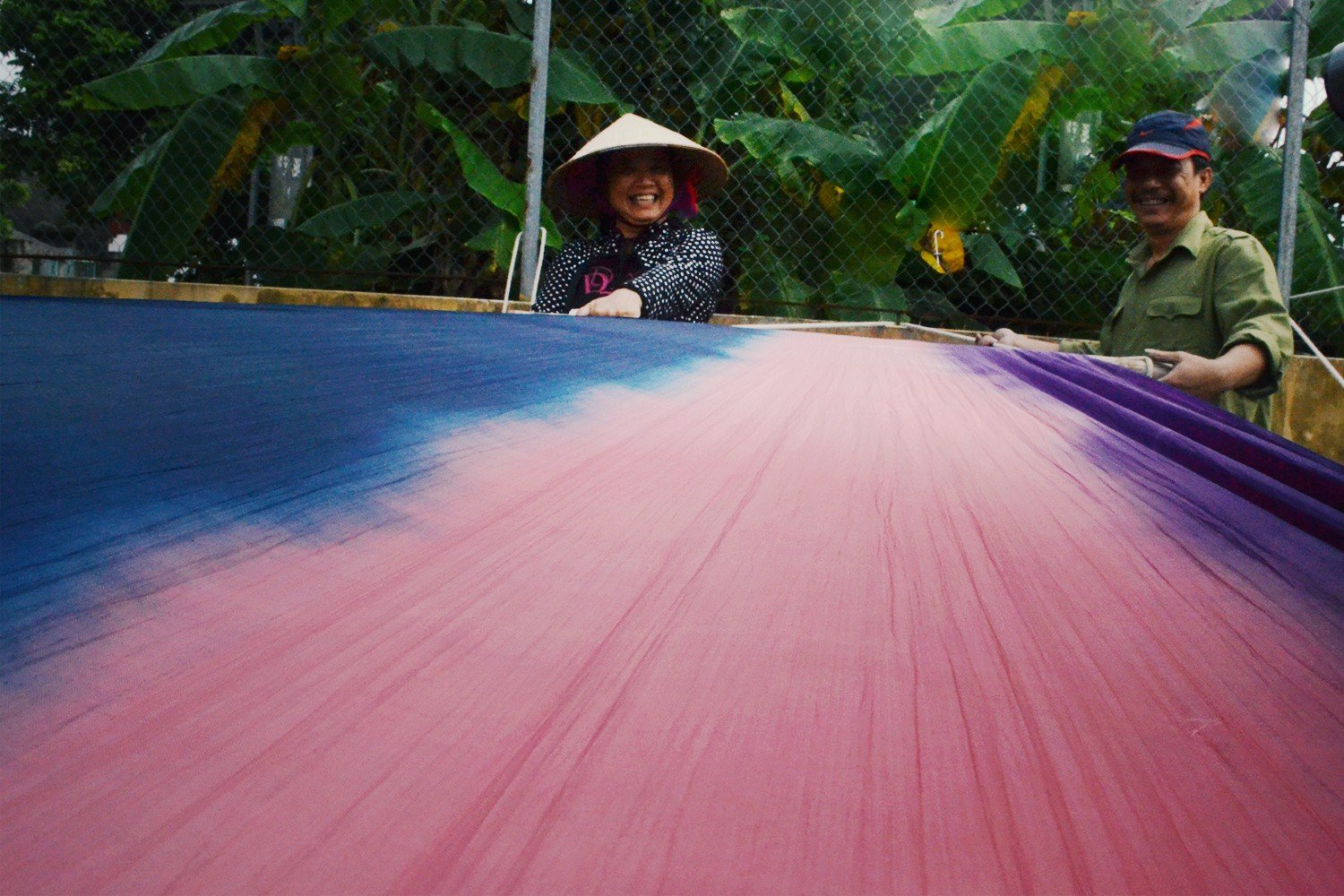
Tan Chau Village (An Giang Province)
Situated in the northwest of An Giang Province in the vibrant Mekong Delta region, Tan Chau Village provides a unique glimpse into silk production deeply intertwined with its natural surroundings. While reaching Tan Chau typically involves travel from Ho Chi Minh City, often as part of a multi-day Mekong Delta tour, the visit is truly special, particularly during the dry season (November to April). The highlight here is witnessing the meticulous, traditional dyeing process using the local diospyros mollis fruit, which imbues the silk with its distinctive, glossy black hue. This resulting "Lanh My A" silk is highly prized for its exceptional tenacity, durability, and remarkable absorbency, offering comfort in both warm and cool climates.

Bao Loc Village (Lam Dong Province)
Affectionately known as the "Capital of Vietnamese Sericulture," Bao Loc is strategically located on the Bao Loc plateau, about 110 km from Da Lat and 190 km from Ho Chi Minh City, making it a key stop for those exploring the Central Highlands. Benefiting from optimal soil and climate conditions, this region has long been a powerhouse in sericulture. Despite being the youngest of these renowned silk villages, having emerged in the 1970s, Bao Loc impressively accounts for approximately 70% of Vietnam's total silk production value today. Visitors can explore extensive mulberry farms and modern factories, witnessing the industry's evolution while still appreciating its traditional roots, with a vast array of over 20 diverse silk products, including threads, satin, and taffeta, meticulously crafted for both domestic and international markets.

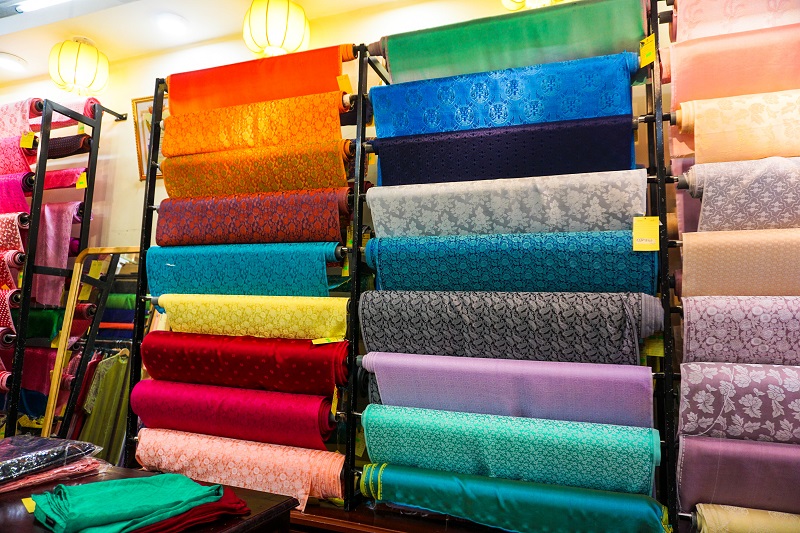
Through many ups and downs in history, Vietnamese silk farming and weaving continue to be preserved and developed. This unique silk remains one of the country's proudest traditions. If you want to learn more about this traditional craft and purchase a Vietnamese silk souvenir, be sure to include traditional silk villages in your list of destinations for your trip to Vietnam!
Related articles:
>> Discover the ancestral linen weaving craft of Lung Tam village
 Español
Español Français
Français







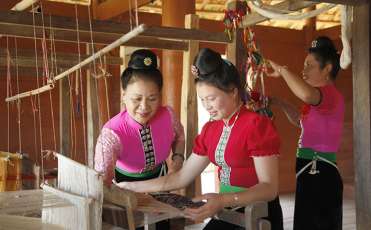
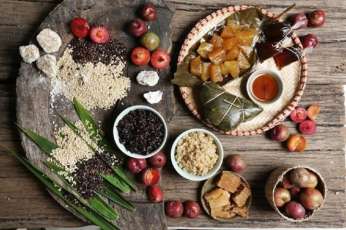
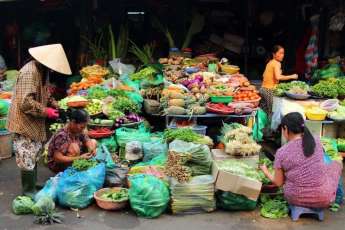
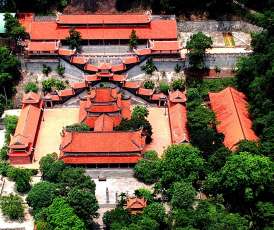









Morgane Ter Cock
on Dec 18, 2025HerbertPhomaMS
on Oct 19, 2025Lilyan Cuttler
on Oct 15, 2025Avenue17XC
on Sep 14, 2025Avenue18JL
on Jul 21, 2025